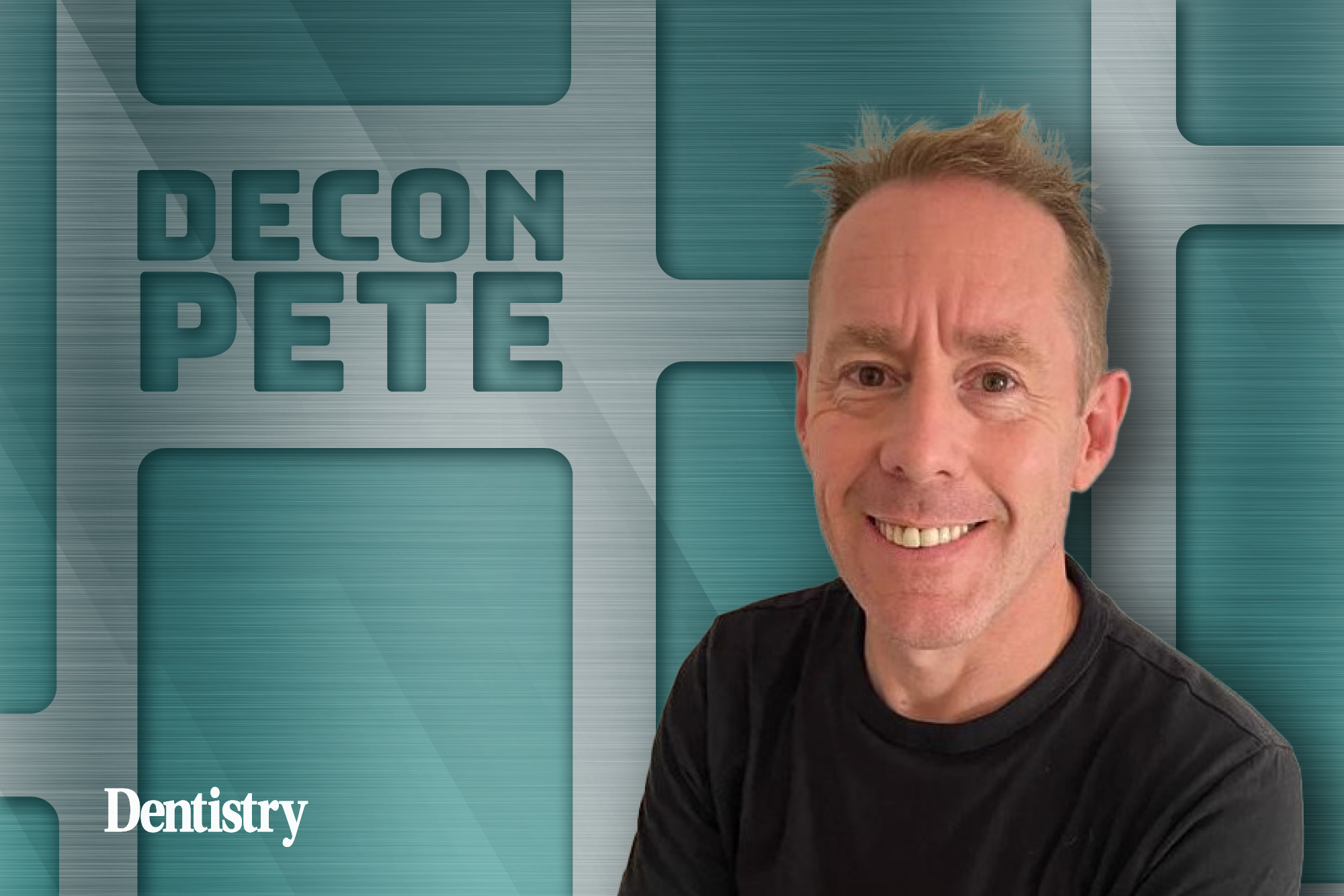
Decon Pete discusses how practices can make simple changes to waste management to reduce its carbon footprint.
HTM 07-01, which was updated in 2022, has started to come into effect with the introduction of yellow and black ‘tiger’ bags being introduced into dentistry. If you haven’t read the new update and are not aware of the changes that will be happening, here’s a quick recap…
‘The new document supports the NHS’s drive to be a Net Zero health system, prioritising decarbonisation, and circular economy measures in alignment with Defra’s “A Green Future: Our 25 Year Plan to Improve the Environment” (2018a) and “Our waste, our resources: a strategy for England” (2018b), as well as the NHS’s “Delivering a ‘Net Zero’ National Health Service” (2020a) and “The NHS Long Term Plan” (2019b).’
‘The key changes within the new document focus on trying to eliminate avoidable waste, supporting a drive to prevent offensive waste being incorrectly classified and to improve the effectiveness of waste management systems. This is outlined in the following changes targets:
- ‘20% reduction of waste segregated to be sent to incineration, with only 4% of that being hazardous/clinical incineration
- ‘20% reduction of waste segregated to be sent to alternative treatment
- ‘60% increase of waste segregated to be classified as offensive waste.’
Hazardous and non-hazardous
All healthcare waste produced in practices can be categorised as either non-hazardous waste or hazardous waste.
Non-hazardous waste is any rubbish or recycling that causes no harm to humans or environmental health. These are also waste items produced from the treatment of non-infectious patients and not contaminated with infectious body fluid. This waste stream is disposed of in any of the following national colour coded bags: yellow and black ‘tiger’, black, clear.
Hazardous waste is waste that is considered hazardous under environmental legislation and could be harmful to human health or the environment. This waste could come from the treatment of infectious patients or those suspected of having an infection, or it could be waste contaminated with body fluids of known infectious patients. This waste stream is disposed of in the following national colour coded bags/containers: orange, yellow, red, purple, blue.
To coincide with this implementation, Defra have been in consultation to discuss the possible banning of all wipes in the UK that contain plastic. This will have a huge impact on dentistry as profession as we dispose of an enormous amount of wipes every year.
I am finding that many practices are now seeking to become more sustainable in an effort to reduce their individual carbon footprint and also to reduce the additional cost burden seeking alternative products can have. Lets explore some of the possible ways that practices could do this…
How can practices reduce their carbon footprint with waste?
Saliva ejectors and aspirator tips
Rather thank using single use saliva ejectors and aspirator tips, we could look at using reusable ones which are available in the market.
Unlike items such as metal three-in-one tips, these items can be cleaned internally as cleaning brushes usually come with them. They can also be sterilised through vacuum autoclaves.
Pouching alternatives
As an industry, dentistry disposes of a huge amount of sterilisation pouches used for storing dental instruments. Not all instruments need to be pouched, particularly those that are going to be used in the day’s procedures.
There are also solutions in the market that offer full storage safety without using pouching or wraps, such as Melag Melastore. These systems are typically metal boxes which comprise of a sterile filter to keep the instruments sterile for any period of time. hese are designed with safety in mind and also help to dramatically reduce unnecessary waste.
Hypochlorous acid generating units
If a UK wide ban on wipes containing plastic comes into effect then practices will be required to source alternative solutions, including wipes that do not contain plastic.
Hypochlorous acid is a mild form of acid that is naturally produced in the human immune system to kill invading germs. Units are available that produce this and the resulting solution can then be used in many areas through the practice, ie surface cleaning/disinfection, dental unit waterlines disinfection etc.
Because it contains no alcohol, chemicals or irritants, it is classified as non-hazardous thus making it more sustainable.
Plastic cups
Why not look at using paper or metal alternatives to the traditional plastic cups? Paper cups have been available for many years, but I have seen many practices reverting to metal cups that are cleaned and disinfected after each use.
These are just a couple of ways practices could start to reduce the amount of unnecessary waste by using re-usable or environmentally friendly alternatives. I would say that, before changing to a reusable product, always consider if the item can be fully cleaned and sterilised. If the answer to any of these is no, changing over should be avoided.
Implementing the new HTM 07-01 strategy will ultimately see a reduction in the quantity of hazardous waste (orange bags) by 20% and an increase in the quantity of offensive waste (tiger bags) by 60%. This will also mean that in treatment and decontamination areas, another bin for the newly adopted tiger bags will be introduced. These areas will now provide space for black, orange, tiger and sharps bins where space allows.
If you need some help and assistance with implementing HTM or want to look at sustainable alternatives, please either email me on [email protected] or visit the website www.deconpete.co.uk.
Catch up on previous Decon Pete columns:
- The benefits of IPC and decontamination training
- Are you managing your waste properly?
- How to avoid mistakes when loading your steriliser
- Answering your IPC and decontamination FAQs
- Answering the biggest decontamination questions – part two.
Follow Dentistry.co.uk on Instagram to keep up with all the latest dental news and trends.


